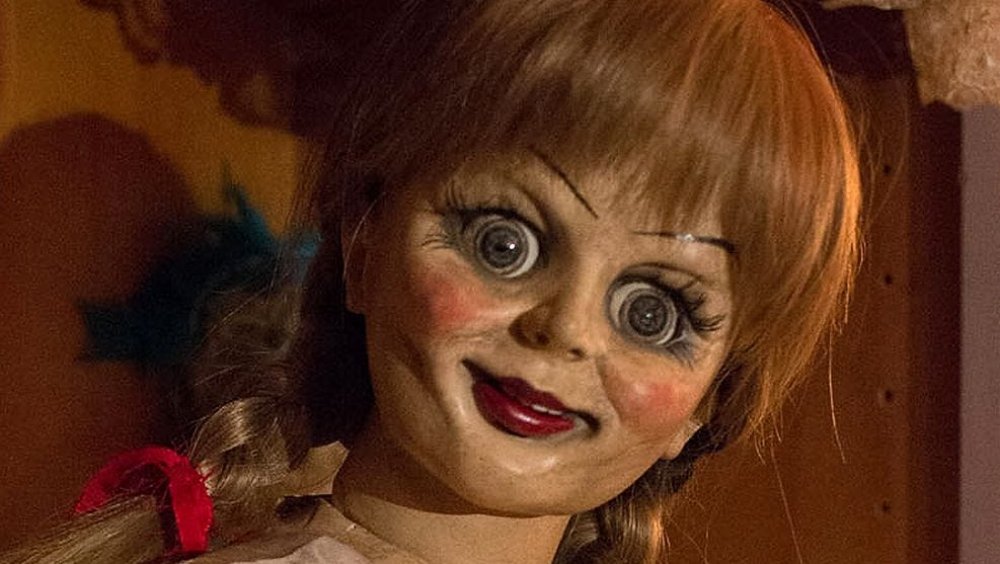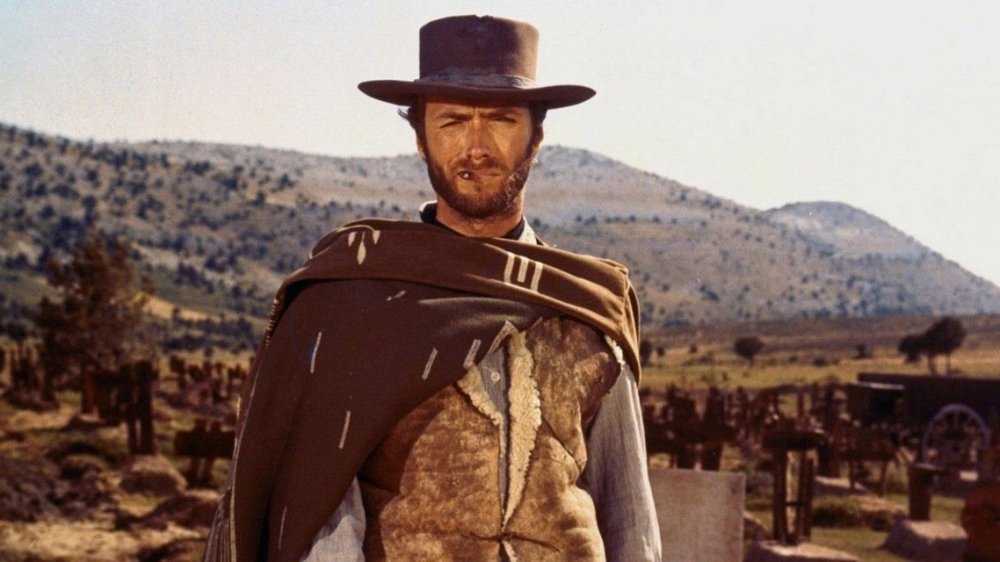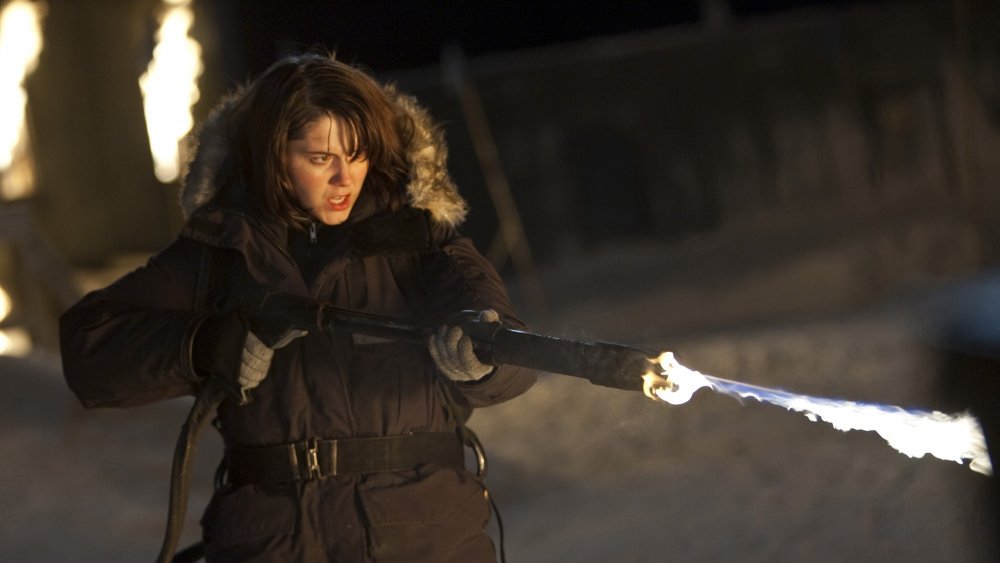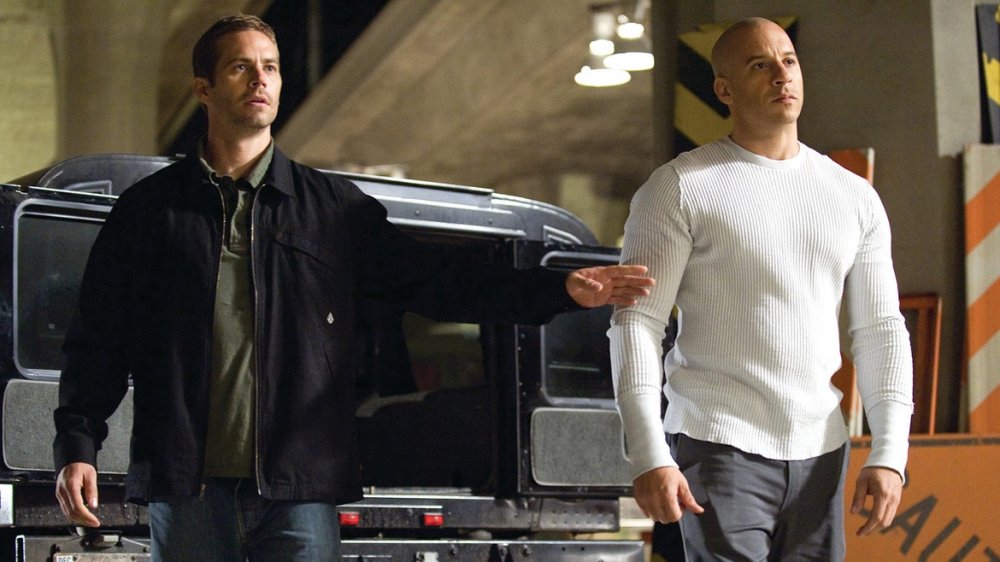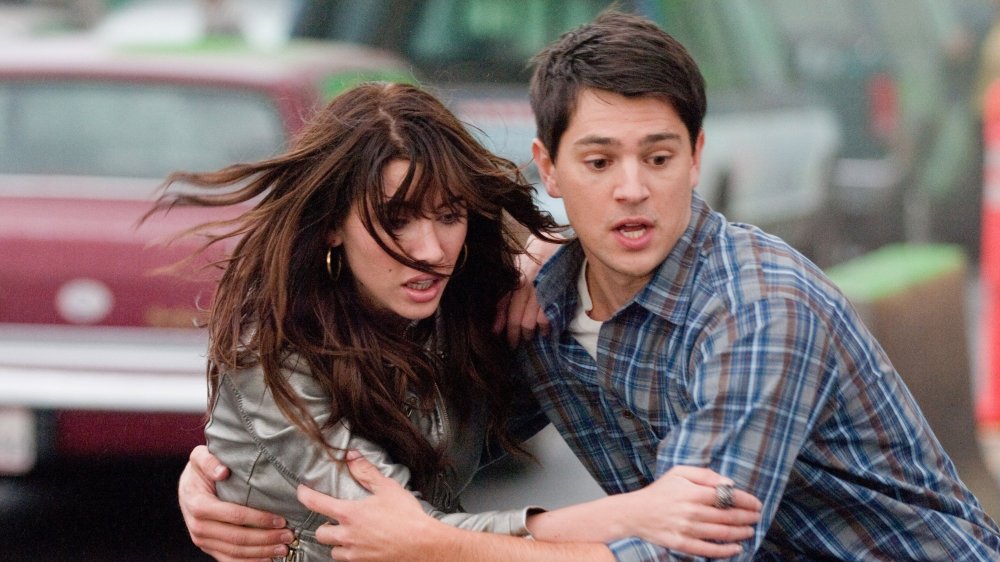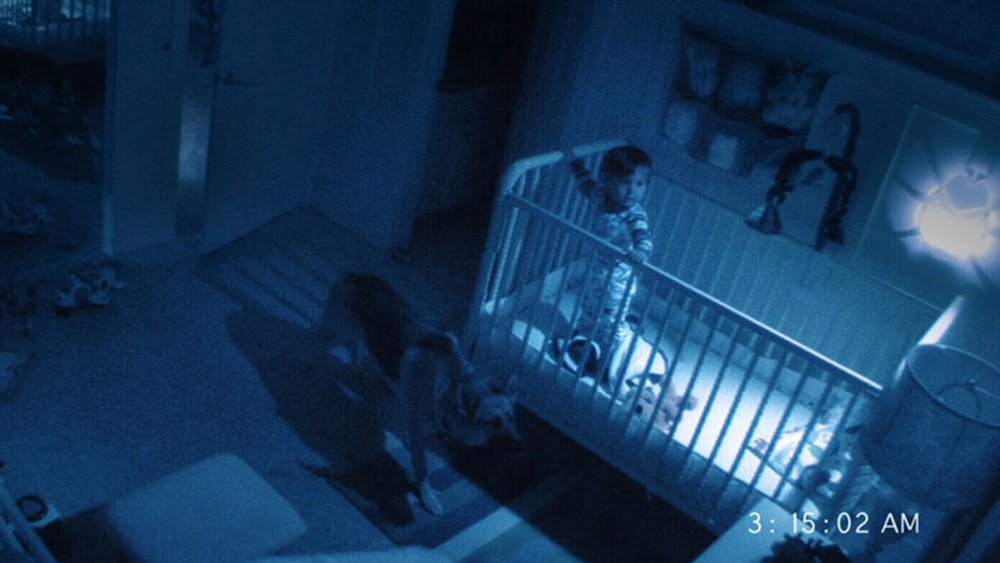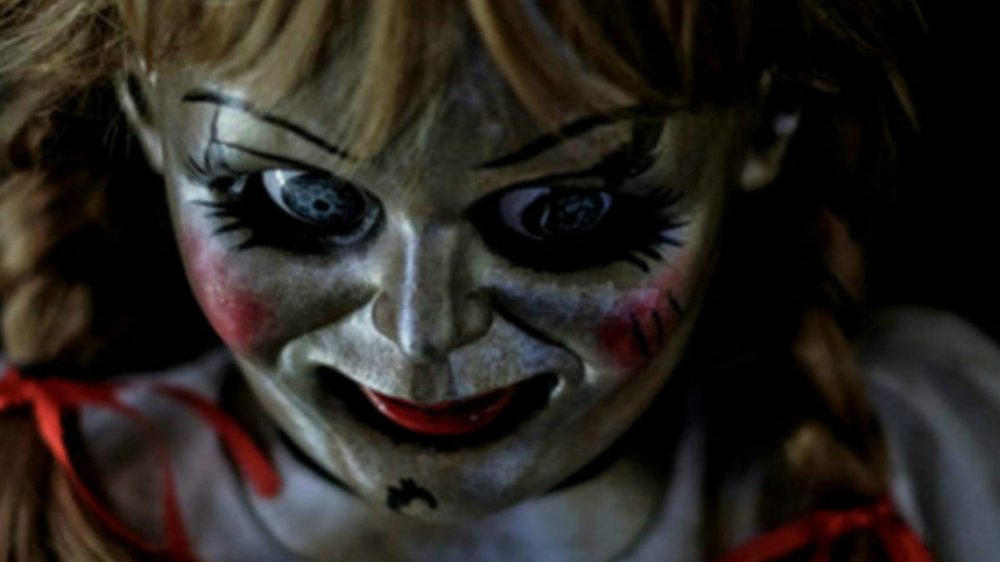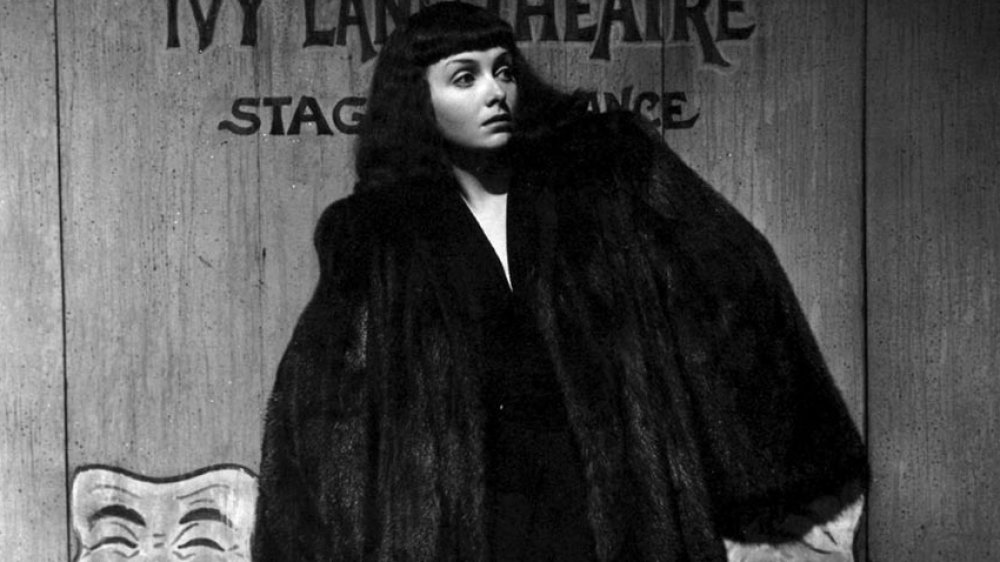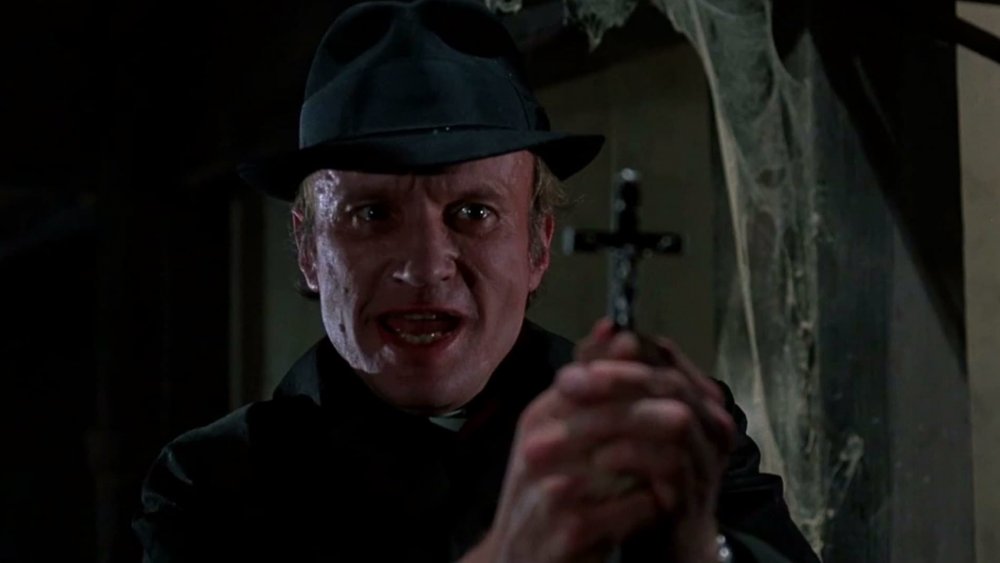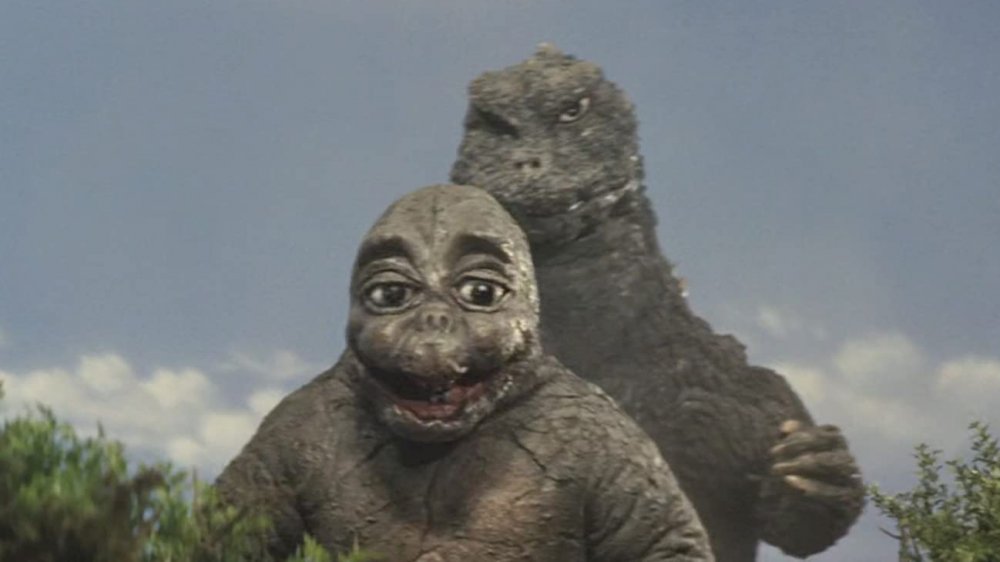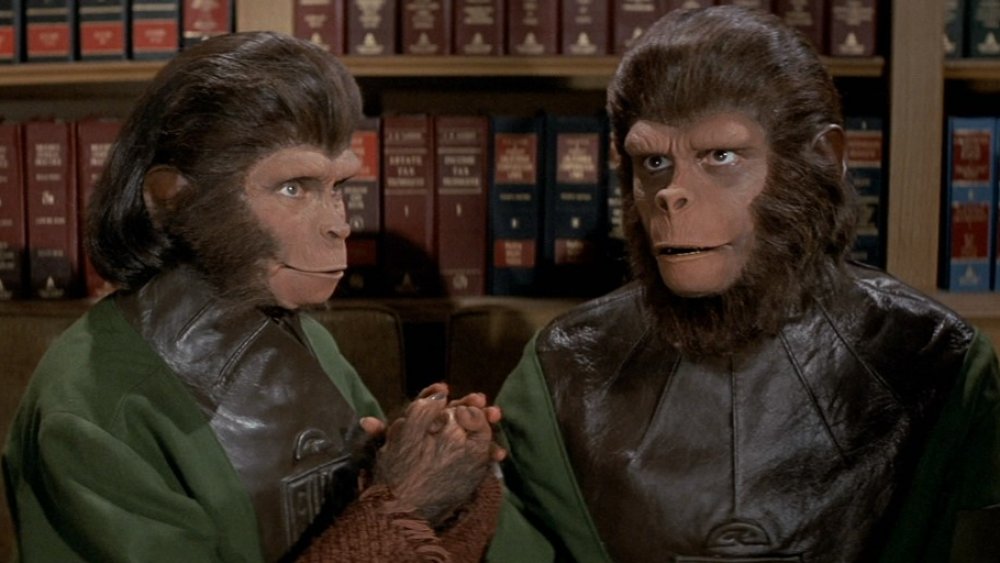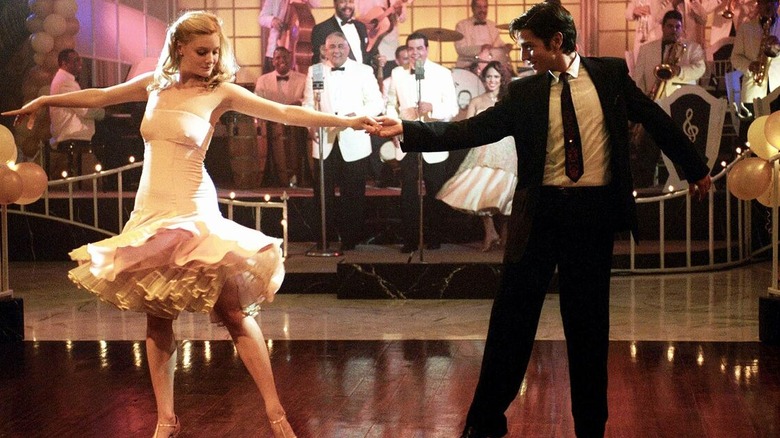Movies You Didn't Know Were Prequels
Prequels are a funny thing. Most would not be able to stand on their own if we did not already know information or characters from the films that came before (but take place after). Their place in the timeline is usually apparent from the title — the "The Beginning" or "Origin" are indicators that what we're about to see happened before the original film. A few filmmakers employ a slightly less obvious approach — see Monsters University or Dumb and Dumberer: When Harry Met Lloyd. The Star Wars prequel trilogy, probably the most well-known prequels of all time, were obviously prequels because they actually put the episode numbers in the titles. When Episode I came out 16 years after Episode VI, everyone knew what they were getting into.
But there are some prequels that never announce their pedigree and could (theoretically) stand without their preexisting support. Some of these fool us into thinking they are sequential in nature, only to pull the rug out from under us in the final act. Others seemingly exist entirely independent of the original, and it is only through some subtle reveal they are shown to be a part of a larger work. These are the films we want to focus on, those "stealthy" prequels that unexpectedly turn everything that came before into everything that came after. Let's look at some movies you didn't know were prequels.
The Good, the Bad and the Ugly
In 1966, Clint Eastwood and Sergio Leone capped off a trilogy of Spaghetti Western films that would turn Eastwood into a star and Leone into one of the most respected directors of the 20th century. The Good, the Bad and the Ugly was bigger and bolder then the two previous films. A Fistful of Dollars and For a Few Dollars More had catapulted Eastwood from a minor American television star (known for Rawhide) to international fame, and his Man With No Name protagonist was on his way to becoming an icon.
Despite its place in the trilogy, The Good, the Bad and the Ugly tales place a good decade before For a Few Dollars More. A big clue is its setting, smack in the middle of the American Civil War. The previous films had included a character who was a Civil War veteran and a tombstone dated "1872", placing them distinctly postbellum. In addition to those time markers, The Good, the Bad and the Ugly showed Eastwood's character actually assembling the iconic elements of his costume that were already present in the previous two films. Eastwood's manner here is markedly different and more emotional than in the previous films. It's not essential to know that the film is a prequel to the others, but Leone had something he wanted to say by going back a few years into this character's life, and The Good, the Bad and the Ugly — in addition to being a tremendous capper on the Dollars Trilogy — rewards us with subtle characterizations and motivations.
The Thing (2011)
When the trailer for Matthijs van Heijningen, Jr.'s The Thing was released in July of 2011, it looked exactly like a remake of John Carpenter's 1982 version of John W. Campbell's novella Who Goes There? Of course, Carpenter's The Thing was, itself, a remake of the 1951 film, The Thing From Another World, produced by the legendary Howard Hawks. While Carpenter's version was radically different from the 1951 B-movie, Van Heilningen's looked like a beat-for-beat remake of the 1982 classic. There were some subtle differences evident in the trailer: A Norwegian flag, Mary Elizabeth Winstead in the Kurt Russell role, and a few more "modern" jump scares. But let's face it — it looked like a retread.
Except The Thing (2011) is actually a prequel to Carpenter's film. Where the 1982 film begins with the crew of an American scientific outpost in Antarctica dealing with the fallout of an alien incursion into a Norwegian station, the 2011 version tells the story of what happened in said Scandinavian camp. In fact, its final shot leads directly into the opening scenes of Carpenter's film, as the Thing-infested sled dog is pursued by a Nordic helicopter. Van Hailningen's prequel was not well received, with most critics citing it as "slavish" and "needless." And although critics and audiences alike were less than kind to the end result, the film, nevertheless, does attempt to answer some questions that may have been lingering after John Carpenter's masterpiece.
Fast & Furious 4-6
When Justin Lin stepped into the Fast & Furious world, it was a mildly profitable franchise of (creatively) diminishing returns. After the surprise success of 2001's The Fast and The Furious, lead actor Vin Diesel decided to not return for its 2003 sequel. The Paul Walker-led 2 Fast 2 Furious managed to best its predecessor commercially, if not critically. Diesel was sorely missed, but the franchise could continue without him. Or could it?
When none of the series' original cast members could be secured for a third film, indie filmmaker Justin Lin stepped in to direct what was seemingly a standalone spin-off installment, The Fast and the Furious: Tokyo Drift, related to the others only by the inclusion of fast cars, street racing, and a Vin Diesel cameo in the final seconds. Tokyo Drift was substantially less successful than the previous two installments, despite its budget being more than double that of the first film.
But Lin had engendered enough goodwill to be put in charge of three further F&F films after the initial letdown of Tokyo Drift. In Fast & Furious, Fast Five, and Fast & Furious 6, Lin reassembled the original F&F cast with the addition of Sung Kang's Han — despite Han's apparent fiery death in Tokyo Drift. It isn't until Fast & Furious 6 that it's revealed that Tokyo Drift actually happens afterward, as we revisit Han's death in a mid-credits scene. Further complicating the timeline, Han returned F9, somehow alive again! At last, there will be justice for Han.
Final Destination 5
In each Final Destination film, a premonition about an upcoming tragedy allows a group of friends to avoid an especially gruesome mass death. Temporarily, that is, because after somehow surviving or avoiding a disaster, the group is stalked by Death itself. Their lives are, eventually, claimed in a series of incredible (and sometimes hilarious) circumstances. Fans love the clever Rube Goldberg devices the filmmakers find to off these kids. The films are lauded for their creativity and inventiveness, and the modestly-budgeted franchise consistently proved to be a box office smash.
The first film, 2000's Final Destination, opens with Alex Browning (Devon Sawa) having a premonition that Volee Airlines Flight 180 to Paris will explode in mid-air, killing everyone on board. Alex and his friends are ejected from the doomed flight before takeoff, only to have his fiery vision come true, leaving the (seemingly) lucky teens marked by fate. Further entries in the series involve other kids and other disasters, but when 2011's Final Destination 5 ended with its main characters getting on Volee Airlines Flight 180 to Paris, the audience realized that they had been led down the proverbial garden path — Final Destination 5 was a prequel!
Paranormal Activity 2 & 3
Paranormal Activity, 2009's found footage horror movie, was an unexpected success. When creator Oren Peli and Blumhouse Productions took note of the fact that its box office gross of $193 million was well in excess of 10,000 times the film's $15,000 budget, they realized that they had a franchise in the making. Since that time, the series has grossed over $890 million on a combined budget of less than $30 million. The films ended up employing an increasingly complicated mythology involving witches, demons, and cults. The films tell the story of sisters Katie and Kristi, and of Tobi, the demon who haunts them. The first Paranormal Activity focuses on Katie and the demon who overpowers her.
Paranormal Activity 2 goes back in time a few months to tell a parallel tale of Kristi, her family, and that scurrilous scamp Tobi as he torments and gains control of Kristi's infant son, Hunter. At the end of the film, a possessed Katie appears, murders the family, and whisks Hunter away to a world of witches and occultism. Because some events in Paranormal Activity 2 take place slightly prior to the events of the first film, one could consider it a prequel. But the third film, cleverly titled Paranormal Activity 3, is most definitely a prequel. Set 20 years before the first two, 3 focuses on the history of our two (then prepubescent) sisters and their first encounters with Tobi and their witchy grandmother. It is possibly the most frightening of the series, not only because it involves such young children, but also because we know what will happen to these girls when they grow up.
The Conjuring spin-offs
When James Wan directed the first Conjuring film based on the exploits of real-life "paranormal investigators" Ed and Lorraine Warren in 2013, the world seemed to be ready for a more thoughtful type of horror film. It was a massive hit and made a ton of money. A sequel was inevitable.
But wait! Someone had the bright idea of making a movie based on the creepy AF Annabelle doll exhibit from the Warrens' "Occult Museum" seen in the first film while the world waited for a direct sequel. Annabelle took us back in time a few years (The Conjuring takes place in 1971, Annabelle in 1968) to explore the case. Although none of the stars of the first film were featured, the movie was a sizable hit at the box office. More sequels and prequels were to come.
After the proper sequel to the first film, monster hit The Conjuring 2, the producers went back to the Annabelle well for a couple more installments, Annabelle: Creation and Annabelle Comes Home. These were respectively prequels and sequels, bouncing around the Conjuring timeline like busy poltergeists. The Nun, based on a creepy painting in The Conjuring 2, took place 25 years before that film. Then, in a surprise move, 2019's The Curse of La Llorona served as both a sequel to all the Annabelle films and a prequel to the second Conjuring film. The Conjuring Universe is timey-wimey indeed.
The Seventh Victim
Val Lewton was a genius. He made quiet but absolutely beautiful horror films in the era when those kinds of movies were to relegated to the bottoms of bills, the supporting feature, the B-movie. Lewton produced and wrote eight superb horror films for RKO between 1942 and 1946, several directed by Jacques Tourneur or Mark Robson. Many of these films are held in high esteem, but the one that you have most probably heard of is Cat People. While that movie would go on to have its own Lewton-produced sequel, 1944's The Curse of the Cat People, the prolific filmmaker would sneak a little something in between that had ties to 1942's previous therianthropic (combining the form of an animal with that of a man) exploration of sublimated sexual desire given animal form. That movie was The Seventh Victim.
The Seventh Victim is an odd little film about a woman named Mary Gibson (Kim Hunter), the search for her missing sister, and a satanic cult. Assisting Mary is Dr. Louis Judd (Tom Conway), the missing sister's former psychiatrist. Creepy hijinks ensue, and there is a titular seventh victim, but you'll have to watch the movie to find out what that's all about. Why is The Seventh Victim on this list? Because it's a stealth prequel to Cat People. You see, Dr. Judd was killed by Irena, the cat girl, in the previous year's film. Meow.
Amityville II: The Possession
Amity II: The Possession came out three years after the 1979 hit The Amityville Horror. That first film and the book upon which it was based became a huge cultural touchstone. They were read and seen by millions. Amityville II, not so much.
Taking its inspiration from true events, Amityville II: The Possession tells another story of something that happened at 112 Ocean Avenue in Long Island, NY. Set a little more than a year prior to the original film, this prequel tells the story of how Ronald DeFeo, Jr. (changed here to Sonny Montelli) murdered his entire family, and the events that led up to the heinous crime.
But despite being based on the real-life doings of DeFeo and throwing all that other stuff into the mix, Amityville II did not strike the imagination of as many people as had its predecessor. Perhaps audiences wanted a more concrete explanation for the demon haunting that famous, attic-windowed house. But nope — in this prequel, the demon is the piggy in the window, just sitting there, hanging out, waiting to torment whoever steps through those doors.
Godzilla movies
By the time 1968 rolled around, Godzilla — that huge, lovable hunk of Japanese irradiation — already had eight movies under his belt. Beginning way back in 1954, the Godzilla films played to audiences in drive-ins and children's matinees all around the world. He had teamed up with gigantic moths, battled massive lobsters, and even fought King Kong to a draw. But the entry released in 1968 would be one for the ages.
Destroy All Monsters saw Godzilla and all of his buddies collectively lower a whole lot of property values in Japan, then band together to fight an alien menace. As usual, all's well that ends well, and the friendly Kaiju return to Monster Island, their pride intact.
Destroy All Monsters was released in 1968, and new Godzilla movies continue to come out to this day. But here's where the whole "prequel" thing comes in — Destroy All Monsters takes place in 1999! That means that the 13 Godzilla movies released between 1968 and 1995 are really all prequels to Destroy All Monsters. Godzilla continues to wreak havoc upon Japan and the rest of the world, but there was that one time when we had a 30-year glimpse into the future. And it was good.
The original Planet of the Apes series
When the original Planet of the Apes was first released in 1968, it proved to be a huge hit. The Rod Serling-penned science fiction film about a group of astronauts stranded on a planet where apes are the dominant species boasted fantastic make-up effects, a haunting Jerry Goldsmith score, and thought-provoking fodder for the imaginations of millions. It spawned four additional films and two television series in the ensuing seven years, and (get this) each of those film and TV projects is both a sequel and a prequel to the others in the series. How does that work? Well, we have to do some of that time-wimey stuff again.
At the end of the second installment of the series, 1971's Beneath the Planet of the Apes, stranded astronaut Taylor (Charlton Heston) nukes the world he initially thought was an alien planet, but which has been revealed to be his own Earth just 2,000 years into the future. An ape couple, Cornelius and Zira, escape the doomed world in Escape from the Planet of the Apes in a ship that takes them back to just after the point that Heston's ship first disappeared from his own time. The couple, now in 1972, begin (inadvertently) setting into motion the events that eventually lead to the downfall of the humans and the rise of the apes. In Conquest of the Planet of the Apes, their son Caesar goes on to lead the simian revolution that results in the civilization (and ape couple) that Heston will encounter 2,000 years in the future. So every movie is a sequel and every movie is a prequel. And all because the film series loops back upon itself. Crazy, huh?
Dirty Dancing: Havana Nights
When Dirty Dancing took the world by storm in 1987, nobody thought of making a sequel. The film — about a hunky dance instructor and the girl he helps to come-of-age in the Catskills of New York in 1963 — was a surprise success. The little $6 million movie that had been expected to flop ended up becoming a summer obsession for huge chunks of the movie-going public, eventually grossing over $200 million. But again, no one thought about making a follow-up movie.
Fast-forward more than a decade. Pulp Fiction producer Lawrence Bender has purchased a screenplay about the Cuban Revolution called Cuba Mine, a romance set against a backdrop of the political intrigue that was Castro's Cuba. No studio wants to make this movie, but Lionsgate wants a Dirty Dancing film, and Bender has a screenplay about Cuba. Why not combine the two?
So we've got Cuba, Castro and, basically, a retread of the 1987 original — with one significant exception. This film, now called Dirty Dancing: Havana Nights, was set in 1958. Patrick Swayze appears briefly as an unnamed dance instructor who isn't necessarily Johnny Castle, placing it in the timeline five years before the original — and making it one of the strangest ideas for a prequel ever.
